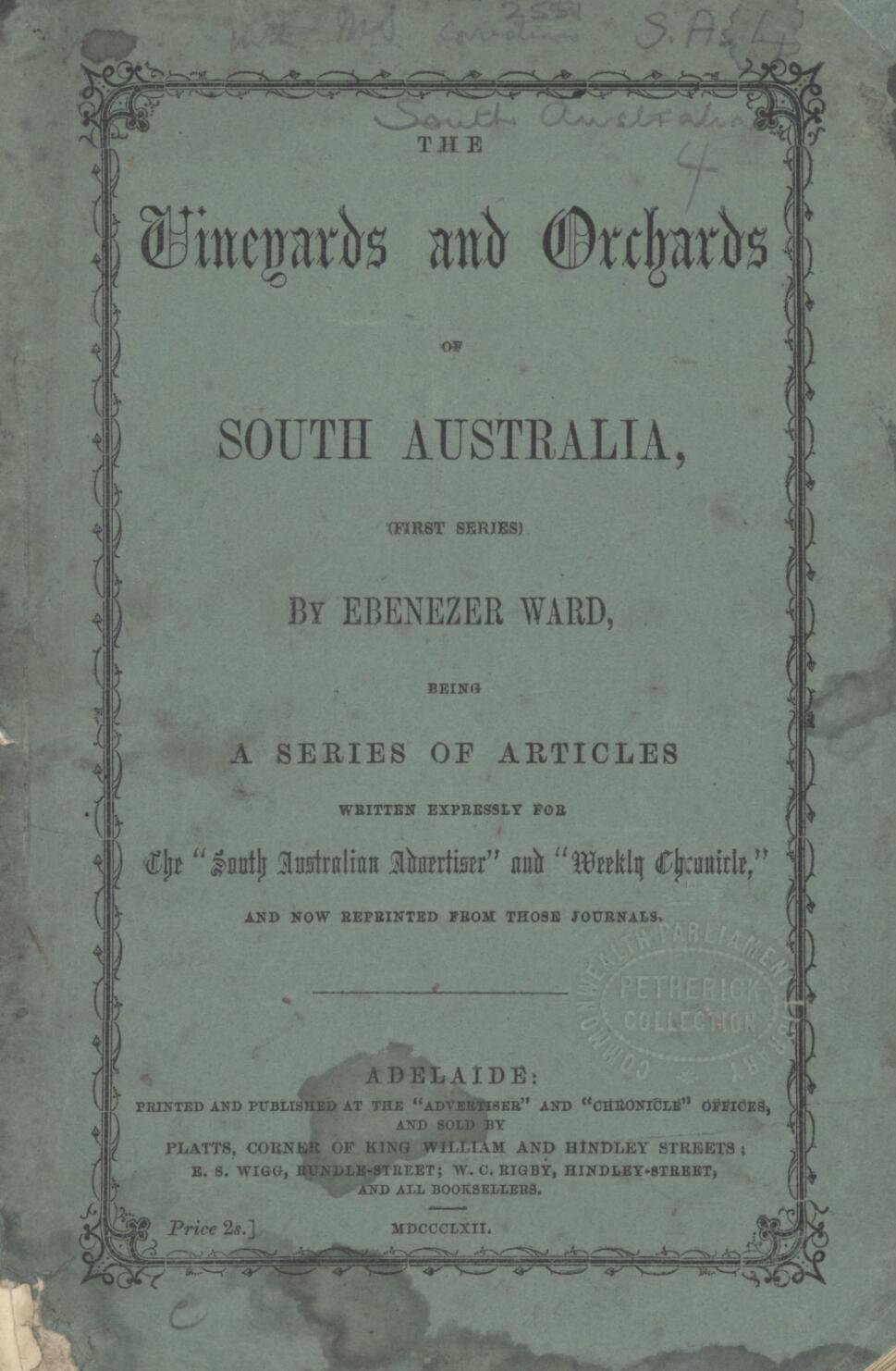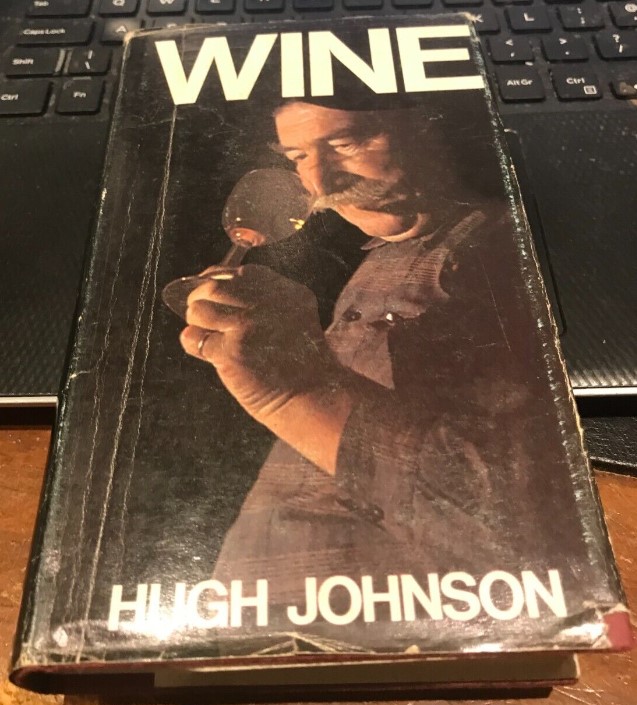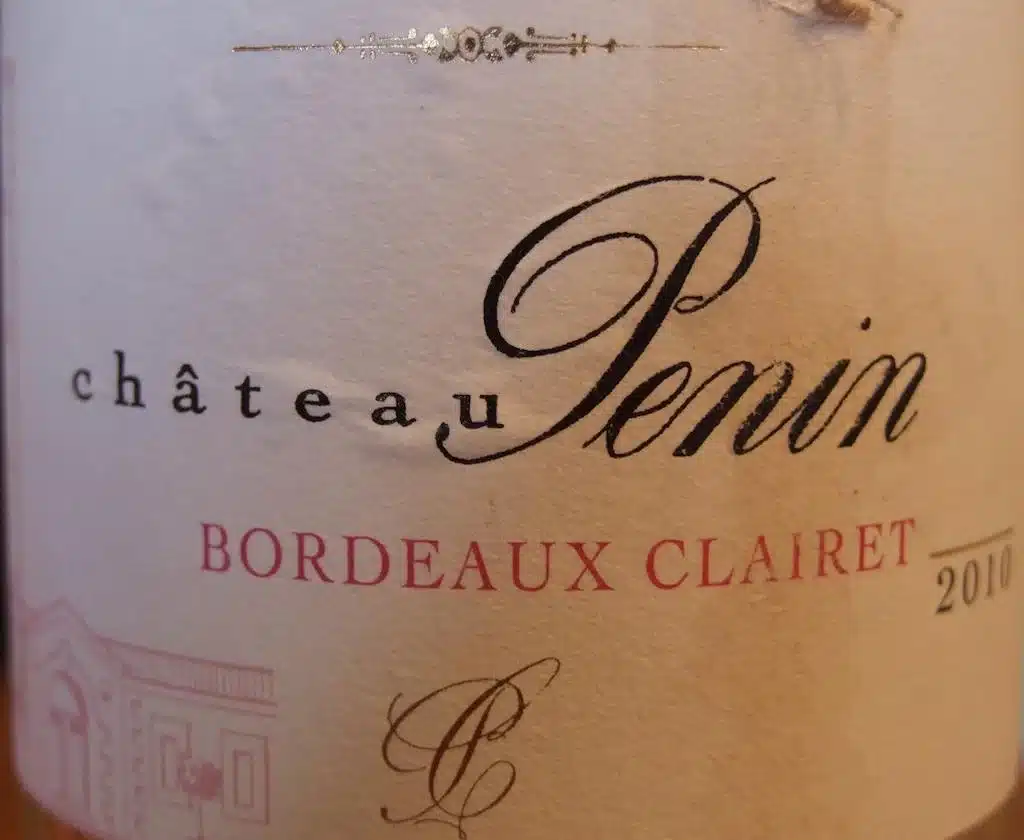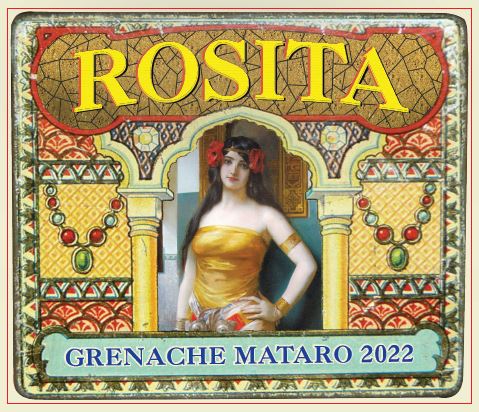History of the Adelaidean-Mount Lofty Range
High hopes and hard times for growers and makers in the Adelaidean-Mount Lofty Range feature throughtout the history of wine making in the region.
Adelaide was founded in 1836 and like Sydney in 1788 the cycle began of grazing, clearing the land, planting and cultivating crops. Reading about these first South Australian settlers you can only admire their toughness and staying power.
The new arrivals came with vine cuttings, probably collected from the Cape of Good Hope and these were later supplemented with vines from Sydney and Hobart. I imagine vines might have been on Kangaroo Island as it had been a settlement for a few decades.
Alas the high hopes turned soon enough to tough times as money was short and no doubt the founding fathers hoped and prayed for a few lucky breaks.
The fruitfulness of the vines and the wine quality was referred to quite early. Astonishingly by 1862 Ebenezer Ward was able to write; ‘Vineyards and Orchards of South Australia’ which describes visits to 42 vineyards and wineries.
That same year Auld and Burton had established an office in London to distribute wines from their Auldana vineyard in the Adelaide Hills. They were followed in 1871 by the London importers P.B. Burgoyne who specialised, at least in the early years, in the wines of South Australia.
In the 1880s the French supplies of wine to the U.K. faltered as phylloxera spread and vineyard plantings and exports leapt ahead from the new colony.
The French replanted and the balance of supply shifted again but the period of Federation opened markets in other states plus phylloxera had devastated the Victorian vineyards.
A Long Dark Period
South Australia with the other states then entered a long dark period for table wines as the taste of the English consumer, or that part of the market that would accept Australian wines, changed to sweet fortified wines.
The promising start for table wines in Australia also wilted and by the start of the First World War fortified wines had become the standard drink.
I have not researched the period from 1880 to say 1920 and do not fully understand this shift in consumer tastes.
The market awakening for table wines had to wait to the 1950s It was an exciting time to watch the replacement of fortified wines with the vast array of table wines that appeared in the period from the 1960s to the 1980s.
Making Wines in a Warm to Hot Climate
Table wines were of course made in South Australia during the era of fortified wines. Those table wines provided a base of knowledge of the wine making processes for the changes which were to come.
It may be wrong to nominate people and dates and say this is when the table wine era started. It is recognised though, that the 1950s experiments begun by Max Schubert at Penfolds helped in the understanding of how valuable the vineyards resource, planted so long ago, was to become.
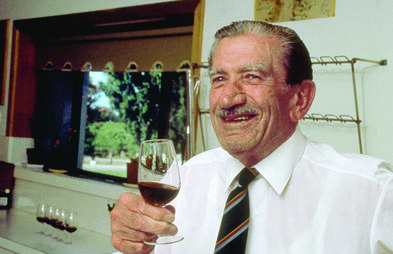
The first Grange of 1951 and the great number of experimental Bin Number wines which flowed over the next decade proved beyond doubt that very great wine could be made in the warm climate regions of South Australia.
Technical developments also allowed great white wines to be produced and the scene was now set to win the minds of the Australian consumers.
Visitors from Overseas
Advanced thinkers from overseas, such as Andre Simon visiting Australia in the mid-1960s, understood that a renaissance had begun. Today the acceptance of table wine is won but I wonder even now if the riches of Australian wines are really understood by local consumers, let alone overseas.
Marketing and thus acceptance of premium wine is a complex art and one where we need to sharpen our skills.
One of the interesting aspects of wine is to observe the full display of irrational beliefs that quickly flower, subside to be replaced by another. Thus we should not get too concerned that a moment of doubt has spread among opinion makers overseas about the worth of Australian warm climate wines.
Much harder to counter are the long and passionately held notions about quality which directly connects with how consumers spend their money though these can be shifted with time.
For more information on the Adelaidean-Mount Lofty range see The Greatest Wine Region in Australia

